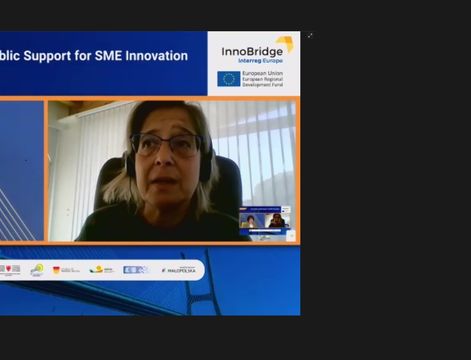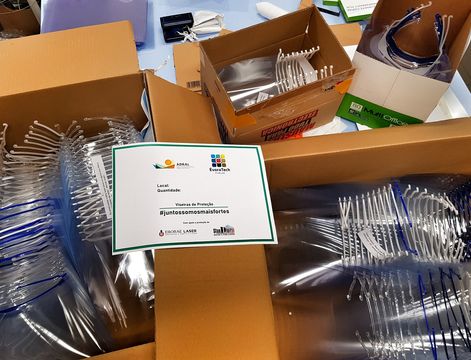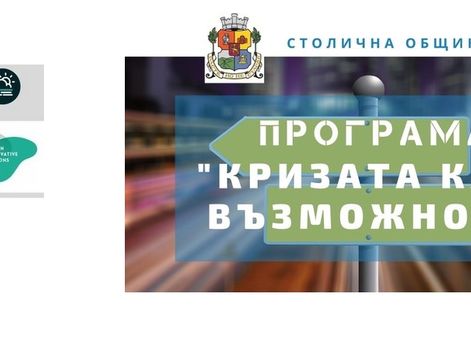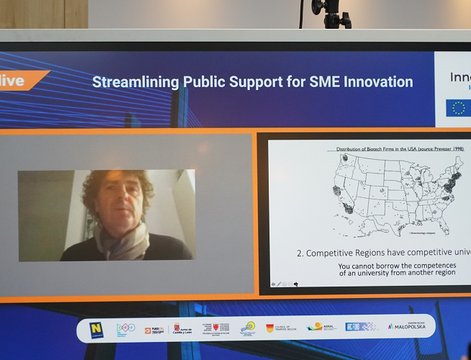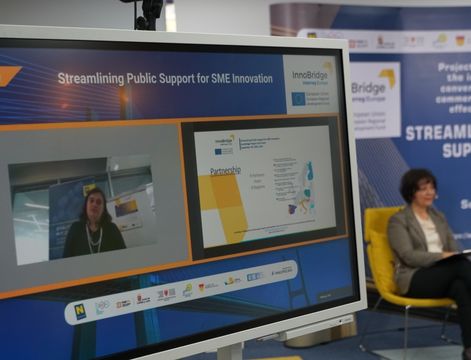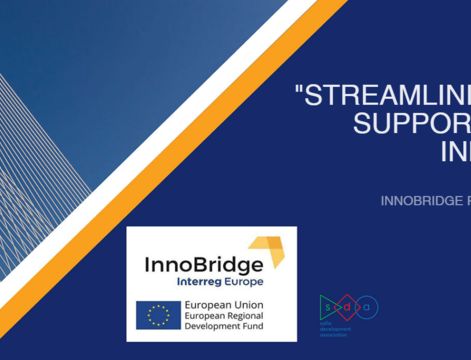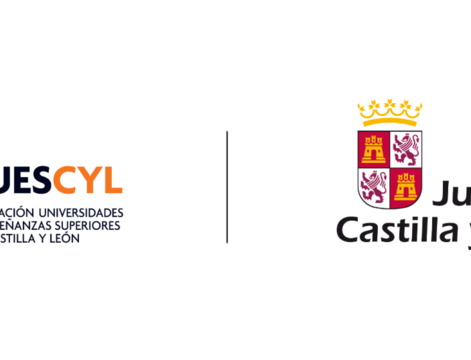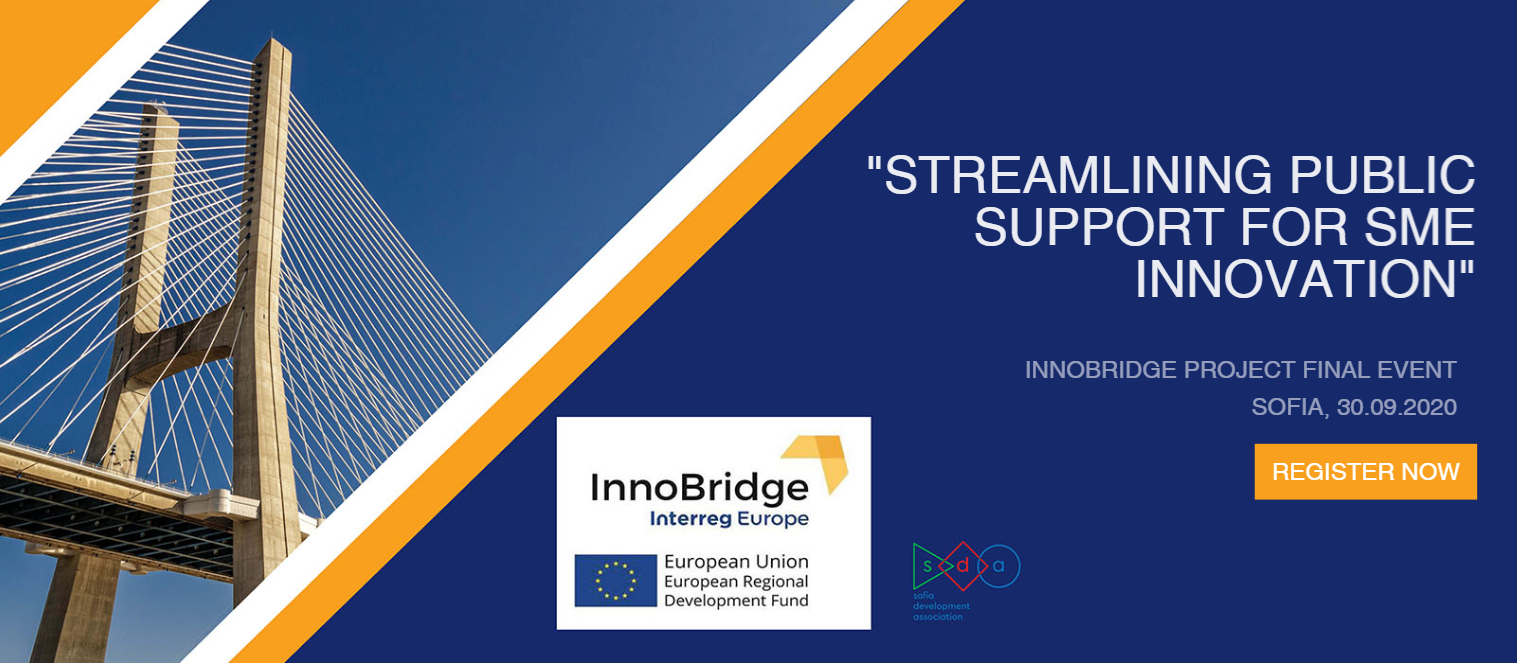I was delighted to visit Tampere for the InnoBridge project interregional learning event this March.
Apart from the project partnership between Sofia and Tampere, the widespread region’s image as an innovation hub has triggered my interest.
Moreover, despite the efforts of the Council of Tampere Region team, I was not quite sure what the open innovation platforms look like.
After a 2 and a half-day intense peer learning, on-site visit, meetings and discussions with a variety of Tampere region innovation actors, I got direct impressions of the innovation ecosystem.
I was truly amazed how this system is developing dynamically, through constant reflection and learning by doing.
This process proves at least three very positive developments: 1/ shifting roles and responsibilities between the three sectors: the private sector, the civic sector and the regional public authority; 2/ relationship of trust between stakeholders; 3/ willingness to experiment, which also includes a possibility of failure.
" | Tampere region has been brave to redefine its innovation fostering activities and pilot the open innovation platforms approach. | " |
It’s been common goal to extend innovations beyond input-output correlations, such as R&D investments and patent counts, but few have dared to try. Tampere open innovation platforms seem to create new combinations of knowledge, speed up value creation by development processes focused on trials, not products, and make it affordable to start.
There are easy to spot, obvious successes resulting from this approach: we met skilled people attracted and retained to Tampere; we dived into the local entrepreneurial culture; we are aware of the region’s international brand and reputation positively affecting attitudes towards products and capacities.
The greatest Tampere success in my opinion is that there is a new subject in the leading role in the innovation scene – the community, while structural funds, public administration, universities are in supporting roles of co-creators and customers.
That is an incredible achievement! At the end of the day, it is all about people and their commitment.
If Sofia had reached such shared ownership for instance, we would not face the challenge of local-based innovations patented abroad. Moreover, this community role has the potential to radically redefine further the innovation ecosystem – I was inspired for instance by the system of indicators defined by the stakeholders themselves.
In addition, I also took with me a couple of good practices that I would like to share and eventually introduce in my city: the situational picture of innovation reports and appointing a staff person to promote open data utilization for business purposes.
As any innovative model, the open innovation platforms face challenges how to demonstrate their efficiency: since they constitute a marked departure from the traditional management principles and measurement systems, innovative models need to find a convincing way to demonstrate results.
Another critical question is, since these platforms are organic, how feasible it is to push them address social challenges like creating more jobs and fostering social cohesion.
Anyhow, one thing is sure – Tampere region will be followed closely by a lot of experts and professionals. Thank you for sharing openly your experience!.
| About the author | |
| Sevdalina Voynova is Director of Programs for Sofia Development Association. Her main responsibilities include providing evidence-based policy recommendations in the field of innovations, testing models on behalf of the city and managing the pilot Sofia platform “Sofia Public-Private Fund for Innovations”. In the InnoBridge project she is the coordinator of the activities of Sofia Municipality as a project partner |
Source: This blog was originally published on the Council of Tampere Region website on 28th March 2017.
Link: www.pirkanmaa.fi/blog/2017/03/28/tampere-innovations-the-road-less-travelled/


